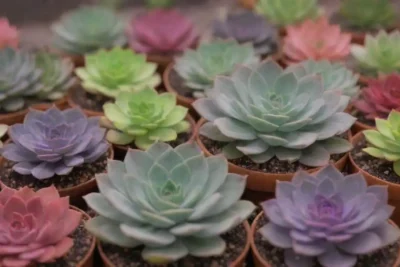
The Do's and Don'ts of Propagating Succulents in Bulk
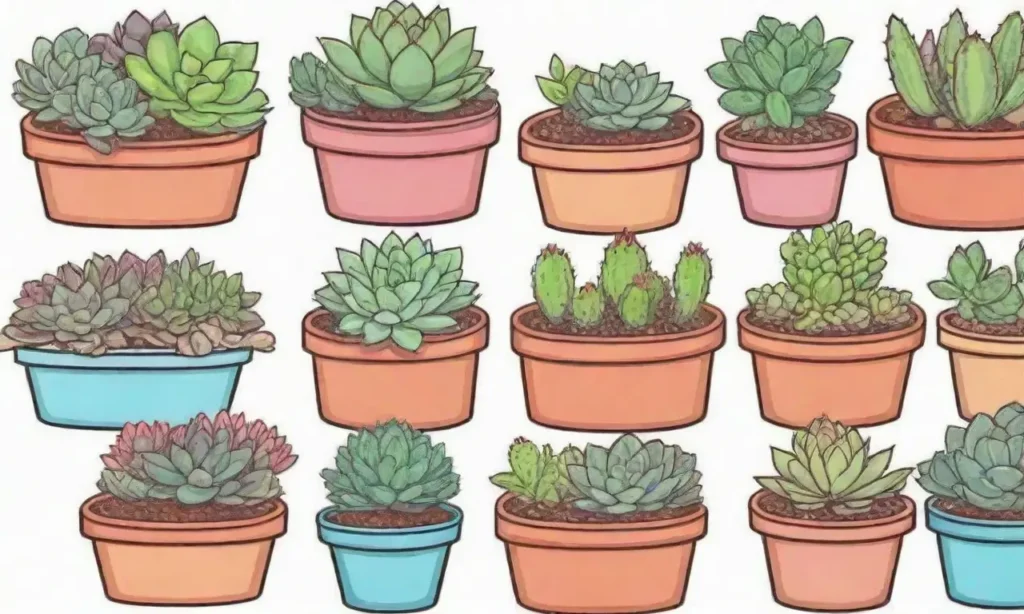
Introduction
Succulents have gained immense popularity over the years, not only for their unique and stunning appearances but also for their minimal care requirements. These fascinating plants are perfect for urban dwellers, gardening enthusiasts, and anyone seeking a low-maintenance addition to their space. Propagating succulents in bulk offers an exciting and rewarding experience, whether you’re looking to create a lush indoor garden, share with friends, or even turn a profit. However, there are essential guidelines that must be followed to ensure a successful propagation endeavor.
In this article, we will delve deep into the do’s and don’ts of propagating succulents in bulk. With a clear understanding of the best practices as well as common mistakes to avoid, you will be well-equipped to embark on your journey of succulent propagation. From selecting the right cuttings to knowing when to transplant, everything you need to become a master propagator of succulents will be covered in detail.
Understanding Succulent Propagation
When discussing the propagation of succulents, it is vital to understand the different methods available. Succulents can be propagated primarily using two methods: leaf cuttings and stem cuttings. Each method has its nuances and optimum conditions for success.
Leaf Cuttings Method
The leaf cutting method is one of the most common ways to propagate succulents, especially for varieties like Echeveria and Jade Plant. To start, select healthy and mature leaves. It is recommended to choose leaves that are plump and show no signs of damage or disease. Once chosen, gently twist the leaves from the stem, ensuring that a clean break occurs at the base. This is essential as a clean break allows the leaf to callous over quickly, which helps in preventing rot during the rooting process.
After you have collected your leaves, allow them to rest on a dry surface for a few days to form a callous at the cut end. This process is crucial, as it protects the leaf and promotes better root development when placed in soil. Once the callous has formed, you can place them on top of a well-draining succulent mix, lightly misting them with water.
Stem Cuttings Method
The second popular method is the stem cutting method, which works well for larger succulents or those with more substantial stems, like Aloe Vera and Sedum. To do this, start by using a sharp, clean knife or scissors to cut a section of the stem several inches long. Similar to leaf cuttings, allow the cut end to callous over for a few days. Once you see a calloused surface, insert the cutting into a pre-prepared potting mix. Placing the cuttings in a warm, bright location encourages root development.
Understanding these methods is important because they dictate how effectively you can propagate the plants and the specific care they will require during different stages of growth.
 Growth Conditions: Temperature, Light, and Moisture for Success
Growth Conditions: Temperature, Light, and Moisture for SuccessDo’s of Propagating Succulents in Bulk
Using best practices can make a significant difference when propagating succulents in bulk. Here are some essential do’s to consider.
1. Do Choose the Right Time
Timing can have a profound impact on the success rate of your propagation efforts. The best time to propagate succulents is during the growing season, typically in spring and early summer. During this time, plants are actively growing, which means they have a higher chance of developing roots quickly. Starting your propagation efforts during these months can lead to a greater yield and increased likelihood of survival.
In contrast, propagating succulents during the dormant winter months may result in slower growth. This lack of growth can make your cuttings more prone to rot because they may not take up water efficiently. Thus, consider the season before initiating your bulk propagation projects to ensure optimal conditions for success.
2. Do Use Quality Soil
Selecting the right type of soil is imperative for successful propagation. Avoid using regular garden soil as it can retain excessive moisture and lacks proper drainage, significantly increasing the risk of rot. Instead, use a well-draining succulent mix or a homemade mixture that includes materials such as perlite or coarse sand. This combination provides aeration while ensuring that water flows through quickly, allowing the roots to establish without drowning.
When considering soil, also think about the size of your propagation containers. Using smaller pots can help to manage moisture levels, making them easier to care for as you may be propagating multiple cuttings. Larger pots take longer to dry out, which might not be beneficial for newly rooted succulents.
3. Do Provide Adequate Light
Light is one of the most critical factors in the successful propagation of succulents. They thrive in bright, indirect sunlight, so place your trays or pots near a window where they can receive ample light but are shaded from harsh, direct sunlight, which can scorch the delicate cuttings.
Furthermore, you may also consider using grow lights if natural light is insufficient. By providing the right light conditions, you encourage faster root growth, which is essential when working with bulk propagation. A good rule of thumb is to turn the cuttings occasionally to maintain even growth on all sides.
 Succulent Propagation FAQs: Answers to Common Questions
Succulent Propagation FAQs: Answers to Common QuestionsDon’ts of Propagating Succulents in Bulk
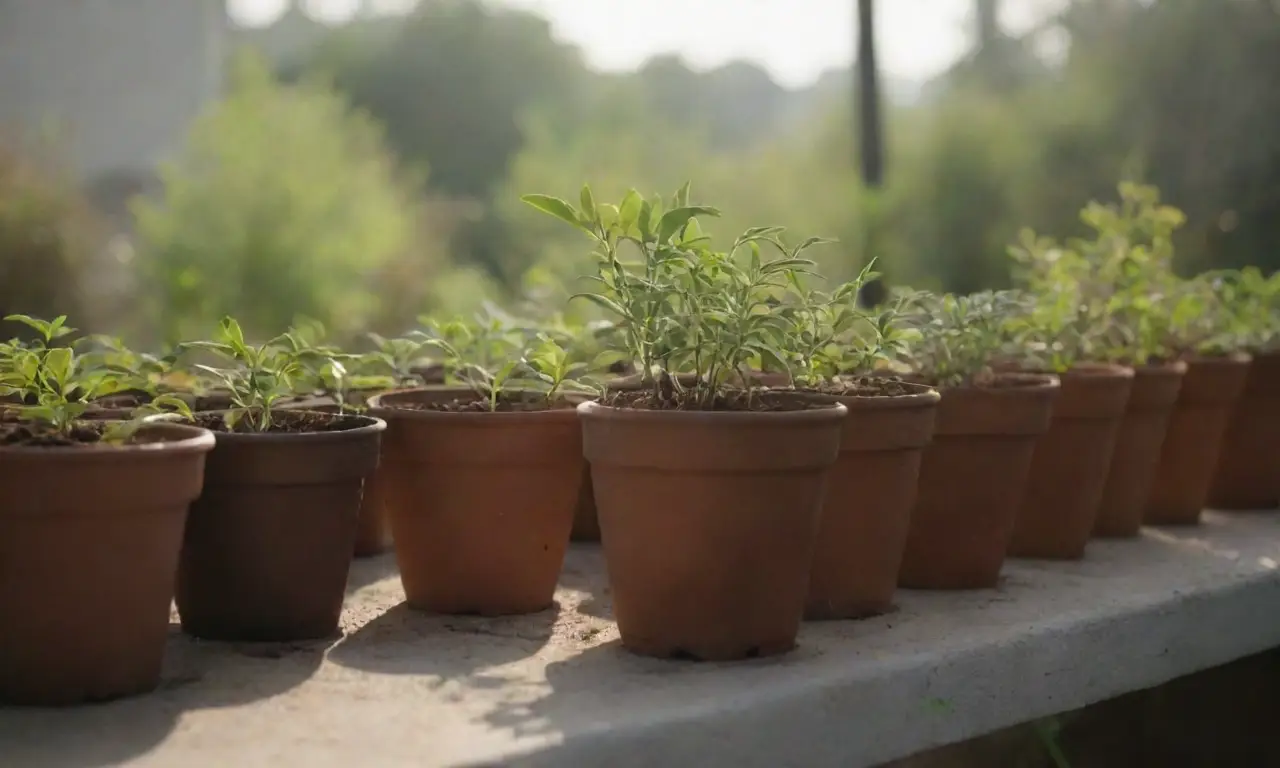
While knowing what to do when propagating succulents is essential, it’s just as crucial to recognize the things to avoid. Here are some significant don’ts to keep in mind.
1. Don’t Overwater
One of the most significant mistakes made by novice propagators is overwatering. It's easy to assume that cuttings need consistent moisture, especially in the early stages. However, it is vital to remember that most succulent cuttings thrive in drier conditions.
A common rule is to water sparingly once you notice roots forming. Over-watering can lead to severe problems such as root rot, which can completely hinder the propagation process. Instead of continuously wetting the soil, consider allowing it to dry out completely between waterings, and be sure to mist lightly rather than drenching the soil.
2. Don’t Neglect Air Circulation
Proper airflow is often overlooked in the bulk propagation process. Succulents, like many plants, require good air circulation to thrive. When propagating in bulk, especially in trays or containers, overcrowding can lead to stagnant air, which can facilitate mold growth and other maladies.
To ensure adequate air circulation, avoid placing too many cuttings in one confined space. Give each cutting some room to breathe and flourish. If you notice any signs of discoloration or mold, promptly remove affected cuttings to prevent the spread to healthy ones.
3. Don’t Rush the Process
Propagation doesn't happen overnight, and one mistake novice propagators frequently make is rushing the process. Patience is a virtue, especially in horticulture. Each cutting may take anywhere from a few weeks to several months to fully root and establish. It’s essential to keep an eye on the cuttings while also allowing them to grow at their own pace.
 Top 10 Propagation Methods for Your Favorite Succulent Species
Top 10 Propagation Methods for Your Favorite Succulent SpeciesRushing to transplant them into larger pots too soon can destabilize the fragile root system, leading to stunted growth or even death. Wait until the cuttings demonstrate visible, healthy roots and show signs of vigorous growth before moving on to further stages of plant care.
Conclusion
Success in propagating succulents in bulk relies heavily on understanding and implementing the fundamentals of succulent care, as well as respecting the delicate nature of these resilient plants. By following crucial do’s, such as selecting the appropriate time, using quality soil, and providing adequate light, you stand a much better chance of seeing lush, thriving plants.
Conversely, a firm understanding of what not to do, such as overwatering, neglecting air circulation, and rushing the process, can also prevent common pitfalls encountered by many gardeners.
In the end, propagation can be a fulfilling and enjoyable hobby, whether you are growing your collection, gifting plants, or exploring opportunities to sell. With the right knowledge and patience, you can successfully propagate succulents in bulk while enjoying the beauty and grace these plants bring to our lives. Remember, every cutting has the potential to become a thriving plant; all it takes is a little love and care from you!
If you want to read more articles similar to The Do's and Don'ts of Propagating Succulents in Bulk, you can visit the Propagation Methods category.


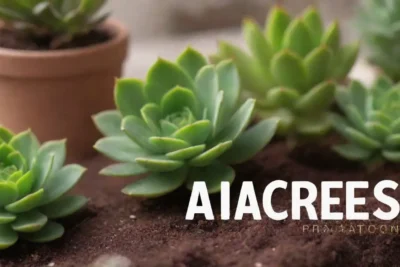

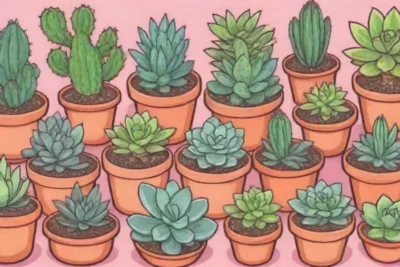
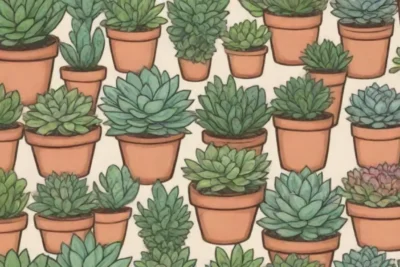
You Must Read